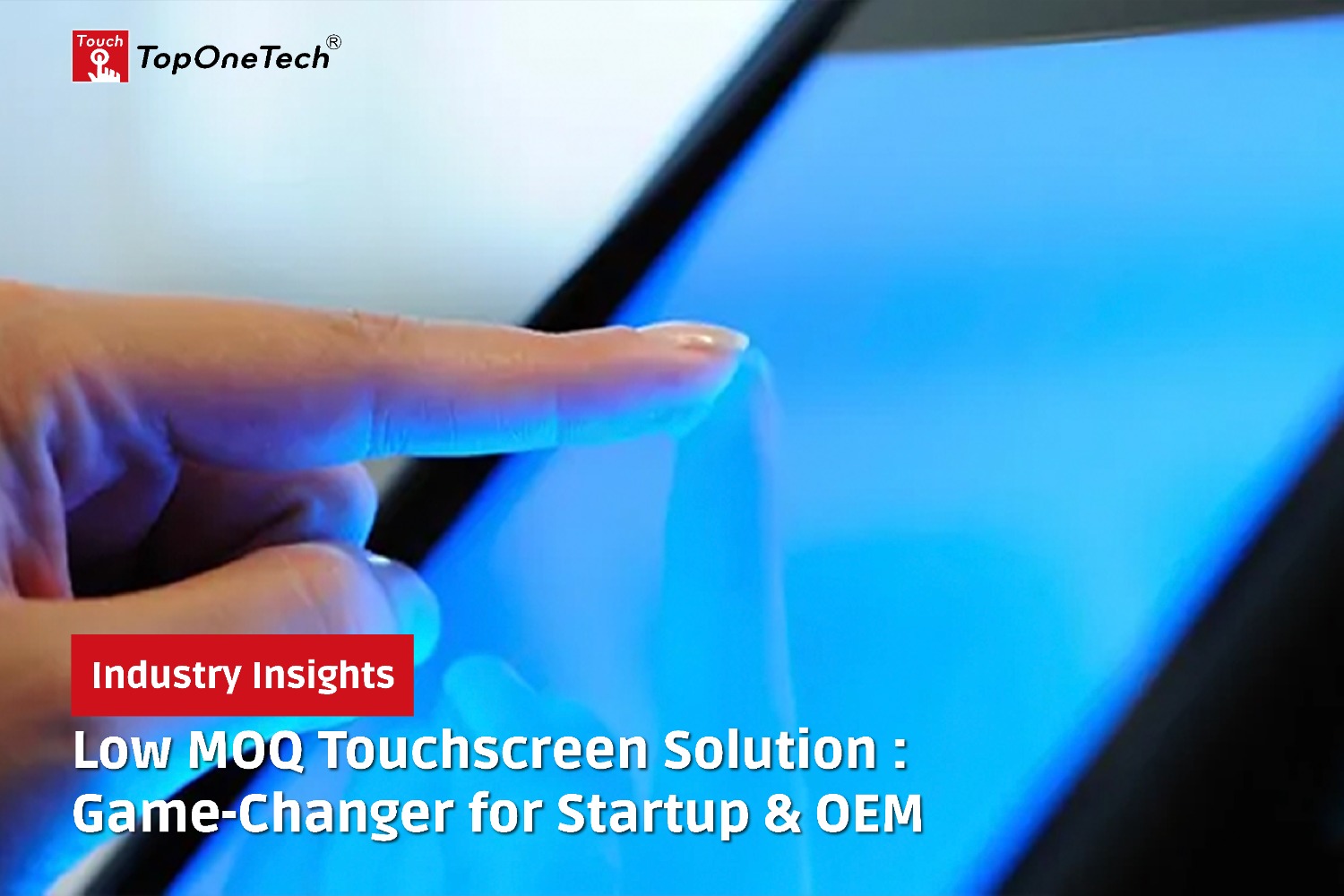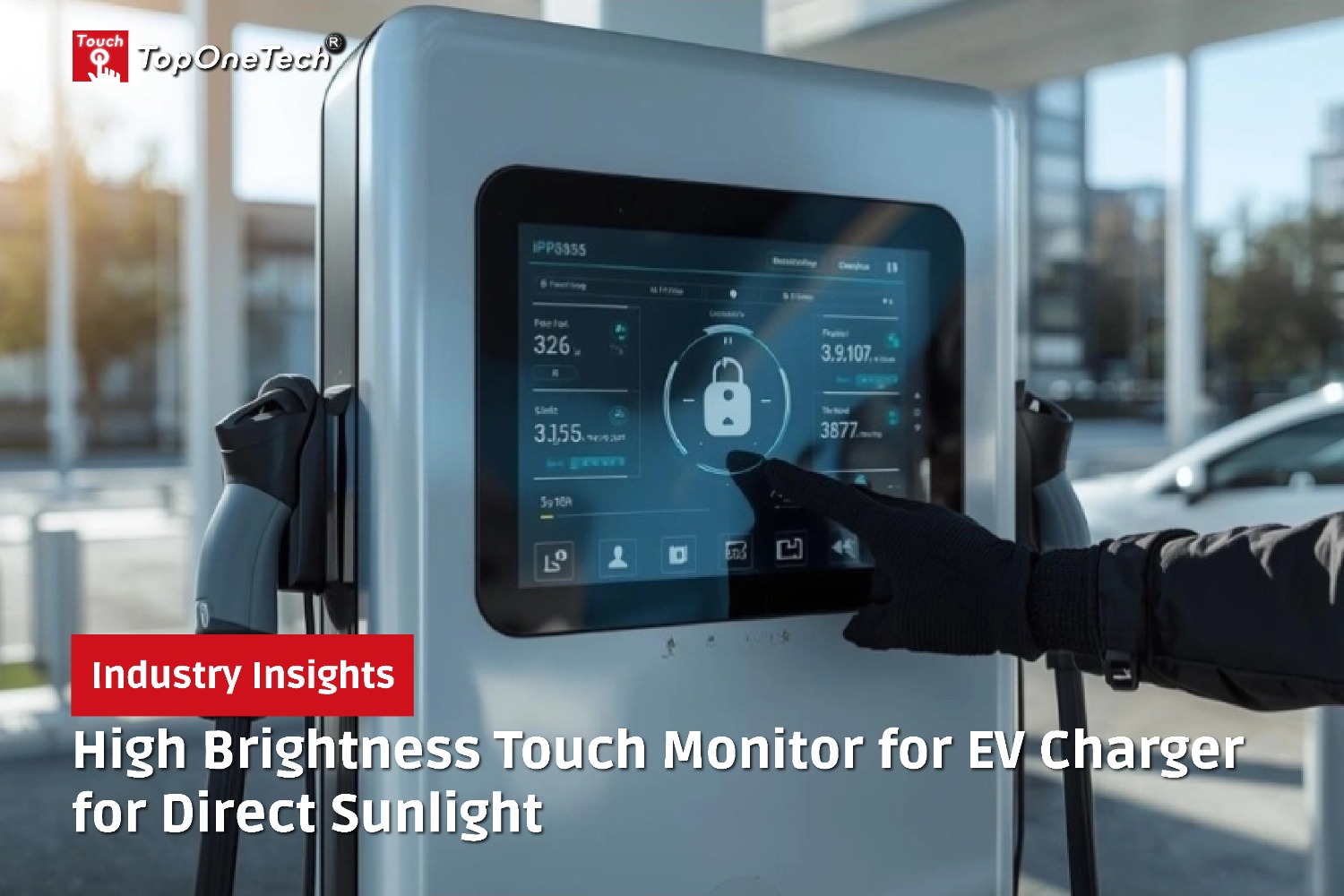
Self Service Kiosk Touch Display : Secret Behind Faster Service – The demand for speed and convenience in service environments has never been higher. From tech-savvy millennials to busy professionals and travelers, modern consumers expect quick access to services and minimal wait times. In response to these shifting preferences, businesses across industries have embraced automation through self-service kiosks.
At the heart of this automation is the self-service kiosk touch display, an interactive screen that enables users to perform actions independently, such as placing an order, checking in, or making a payment. The popularity of these kiosks continues to grow because they offer a blend of efficiency, accuracy, and enhanced user experience. This article will explore how these touch displays are revolutionizing service delivery and why they are considered the secret weapon behind faster and more efficient customer service.
What is a Self-Service Kiosk Touch Display?
A self-service kiosk touch display is an interactive interface designed to enable user engagement without the need for staff intervention. These displays are built into freestanding or wall-mounted kiosks and serve as the main point of interaction between the user and the kiosk’s software.
The touch technology varies but typically includes projected capacitive (PCAP), resistive, or infrared systems. PCAP is the most widely adopted in modern kiosks due to its high responsiveness and ability to detect multiple touch points, providing a smartphone-like experience. These displays are often paired with embedded computing systems and custom user interfaces that allow users to complete tasks such as ordering food, printing tickets, or accessing account information.
The user-centric nature of touch displays makes them an ideal solution in environments where speed, accuracy, and customer autonomy are critical. By providing a tactile and visual interface, the touch display simplifies complex processes and delivers an efficient service experience.
Self Service Kiosk Touch Display – Why Touch Displays Are the Secret to Faster Service
Self Service Kiosk Touch Display – Instant Input Response
The immediacy of response provided by touchscreen interfaces is a major contributor to faster service. Unlike traditional methods that rely on verbal instructions or physical forms, a kiosk touch display registers user inputs in real time. This reduces downtime between actions and speeds up transactions significantly. Whether selecting menu items, entering identification details, or confirming payment, the rapid response of a touchscreen accelerates the process and reduces overall wait times for all users.
Streamlined User Interface
Touch displays work best when paired with thoughtfully designed software that prioritizes user experience. These interfaces feature simple navigation, large icons, visual cues, and minimal text—making them accessible to people of all ages and tech skill levels. Users can quickly understand the steps needed to complete a task, reducing confusion and transaction time. This intuitive design eliminates the learning curve often associated with new technologies, making the interaction not only faster but also more enjoyable.
Reduction in Human Error
Human-led transactions are vulnerable to errors stemming from miscommunication or misinterpretation. A kiosk with a touch display standardizes the process and reduces variability. Users follow clear, step-by-step prompts, minimizing the risk of mistakes. This consistency leads to higher service accuracy, especially in environments like restaurants or clinics where order details or personal data must be precise. As a result, rework or clarification becomes unnecessary, and service flows uninterrupted.
Industries Benefiting from Self Service Kiosk Touch Display
Quick-Service Restaurants (QSRs)
In the fast-food sector, time is money. Self-ordering kiosks with responsive touch displays have become commonplace in QSR chains worldwide. These kiosks let customers browse the menu, customize orders, and pay—all without interacting with a cashier. Not only does this streamline operations, but it also encourages higher order values through upselling prompts on the screen. Touch displays eliminate bottlenecks during rush hours and improve kitchen throughput by sending orders directly to the back-end system.
Retail and Supermarkets
Self-checkout kiosks are transforming how people shop. Instead of standing in long lines, customers use kiosks to scan and pay for their items. Retail touch screen kiosks are particularly valuable during peak shopping hours, reducing wait times and increasing cashier productivity. Moreover, they enhance customer autonomy, allowing people to shop and check out at their own pace.
Hospitality and Hotels
The hospitality industry benefits greatly from self-check-in kiosks that simplify the arrival process. Guests can check in, assign room preferences, and obtain room keys without interacting with a receptionist. Touch displays offer multilingual support and help speed up the process, especially for international travelers. This automation also frees up front-desk staff to handle more personalized services, enhancing overall guest satisfaction.
Healthcare and Clinics
In healthcare, interactive touch display kiosks improve patient flow and reduce administrative overhead. Patients can register, update medical history, or make co-payments using a self-service terminal. These touch displays help shorten check-in lines, reduce face-to-face contact, and ensure patient data is entered accurately, which is crucial for medical compliance and service quality.
Airports and Transportation
Airports, bus stations, and train terminals use touch-enabled kiosks for tasks like check-ins, ticket bookings, and baggage tagging. These kiosks handle thousands of passengers daily with minimal human interaction. The speed and reliability of touch displays are vital for maintaining tight schedules and ensuring smooth transit experiences for travelers. Additionally, digital touch displays in transportation hubs often include real-time travel information, maps, and language options to assist tourists.
Key Features of an Effective Self Service Kiosk Touch Display
High Responsiveness and Sensitivity
Fast response time is non-negotiable in a self-service environment. A kiosk touch display should register every tap, swipe, or pinch without delay. Low latency enhances the perception of speed and efficiency, directly impacting customer satisfaction. This level of responsiveness is achieved through advanced technologies like projected capacitive touch, which are optimized for both finger and stylus input.
Durability and Anti-Vandalism Design
Touch displays are often placed in high-traffic public spaces, making durability a top priority. Features like tempered glass, anti-vandal casing, and water-resistant surfaces ensure that the display remains functional even under rough use. These protective elements are especially important in unattended kiosks that operate 24/7 in outdoor or semi-outdoor settings.
Multi-Touch Capability
A high-quality kiosk touch display supports multi-touch functionality, allowing users to interact with multiple elements on the screen simultaneously. This is useful for map navigation, menu browsing, or pinch-to-zoom actions, adding to the intuitiveness and interactivity of the interface.
Brightness and Readability
Readability is essential, particularly in bright environments or outdoor settings. Displays with high brightness (1,000+ nits) and anti-glare coatings ensure that the content remains visible even under direct sunlight. The right screen brightness, coupled with good contrast ratios, prevents users from squinting or misreading instructions—speeding up the interaction process.
Self Service Kiosk Touch Display – How Touch Displays Improve Operational Efficiency
Labor Cost Reduction
Self-service kiosks reduce reliance on human staff for routine tasks. By shifting order taking, check-ins, and payments to a kiosk, businesses can allocate staff to more value-driven roles like customer support or inventory management. This labor reallocation results in lower operating costs and increased productivity.
Data Collection and Analytics
Touchscreen kiosks don’t just facilitate transactions—they also collect valuable data. Every user interaction can be tracked and analyzed for insights such as peak usage times, popular services, and user behavior patterns. Businesses can use this data to optimize layouts, streamline workflows, and personalize future offerings.
Enhanced Accessibility
Modern touch displays can be customized for ADA compliance and inclusive user experiences. Features like adjustable font sizes, voice guidance, and multilingual support enable users with different abilities to navigate the kiosk independently. Enhanced accessibility not only serves a wider audience but also speeds up service delivery for everyone.
Self Service Kiosk Touch Display – Touch Display Technology Trends in Self-Service Kiosks
PCAP (Projected Capacitive) Technology
PCAP touchscreens have become the industry standard for their excellent touch sensitivity, durability, and sleek design. Unlike older resistive screens, PCAP works through electrical conductivity, allowing it to detect multiple touches through a glass surface. This technology offers the same tactile experience as smartphones, making it familiar and user-friendly.
Edge-to-Edge Glass Design
This trend combines aesthetics with hygiene and functionality. A frameless, edge-to-edge design makes cleaning easier and enhances the kiosk’s modern look. It also reduces crevices where dirt and bacteria can accumulate—an important consideration in food service and medical environments.
Integration with AI and Voice Commands
As AI becomes more prevalent, some touch display kiosks now support voice-enabled navigation, facial recognition, and even personalized recommendations based on user behavior. These advancements allow kiosks to function as intelligent assistants, further reducing the need for human intervention and increasing processing speed.
Self Service Kiosk Touch Display Real-World Example: Fast Food Success Story
Consider a global fast-food chain that implemented PCAP touch-enabled self-service kiosks across multiple locations. Before the installation, the average customer wait time at peak hours was nearly 8 minutes. Post-implementation, the wait time dropped to under 5 minutes. Additionally, the kiosks were programmed to offer add-ons and combo deals during the ordering process, increasing the average order size by 15%. Customer satisfaction scores rose, and the chain reported a measurable boost in revenue—all thanks to the implementation of advanced touch display technology.
Top One Tech, The Right Touch Display Manufacturer for Your Kiosk
When investing in a self-service kiosk touch display, choosing the right manufacturer is as crucial as selecting the right technology. That’s where Top One Tech stands out. As a leading provider of high-performance open-frame touch monitors and custom display solutions, Top One Tech offers the reliability and expertise needed to bring your kiosk project to life.
With years of experience serving clients in retail, hospitality, gaming, and healthcare, Top One Tech understands the unique challenges of each industry. Our PCAP touch displays are designed for responsiveness, durability, and ease of integration—ensuring your kiosk performs flawlessly in high-demand settings.
Top One Tech provides:
-
Customization Services: Tailor-made display sizes, brightness levels, and touch technology to fit your exact needs.
-
Industrial-Grade Quality: Shock-resistant, waterproof, and dustproof designs ideal for both indoor and outdoor use.
-
Professional Support: From R&D to mass production, their technical team supports you every step of the way.
-
Global Reach: With clients across Europe, North America, and Asia, we have the logistical strength and experience to support international projects.
If you’re looking to enhance your kiosk system with a robust, reliable, and intuitive touch display, trust Top One Tech to deliver technology that transforms your service speed and user experience.
Conclusion: Touch Displays Are the Unsung Heroes of Fast Service
Touch displays have quietly revolutionized how industries deliver services. Whether you’re running a quick-service restaurant, a retail store, a hospital, or an airport, integrating a self-service kiosk with a responsive touch display can drastically cut down service times, reduce operational costs, and elevate customer satisfaction.
As businesses continue to automate and streamline their operations, touch displays will remain a central component in delivering faster, smarter, and more personalized service. Choosing the right partner—like Top One Tech—ensures that your kiosk system isn’t just another machine, but a powerful tool for customer engagement and operational efficiency.
Top One Tech can customize Touch Display for Self Service Kiosks and we can also customize The Self Service Kiosk, crafted by our subsidiary company, Top One Tech Metal, specially made for your application scenarios.
Don’t hesitate to contact us for further assistance :
Whatsapp/Call us at : +86 13631610695
Email : sales@toponetech.cn
See Also : Our Wide Range of Touch Display Products




